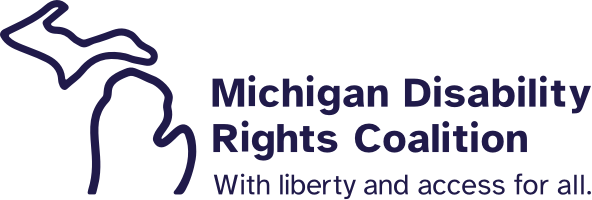AT for My 8 Month Old
Wednesday, November 14, 2018
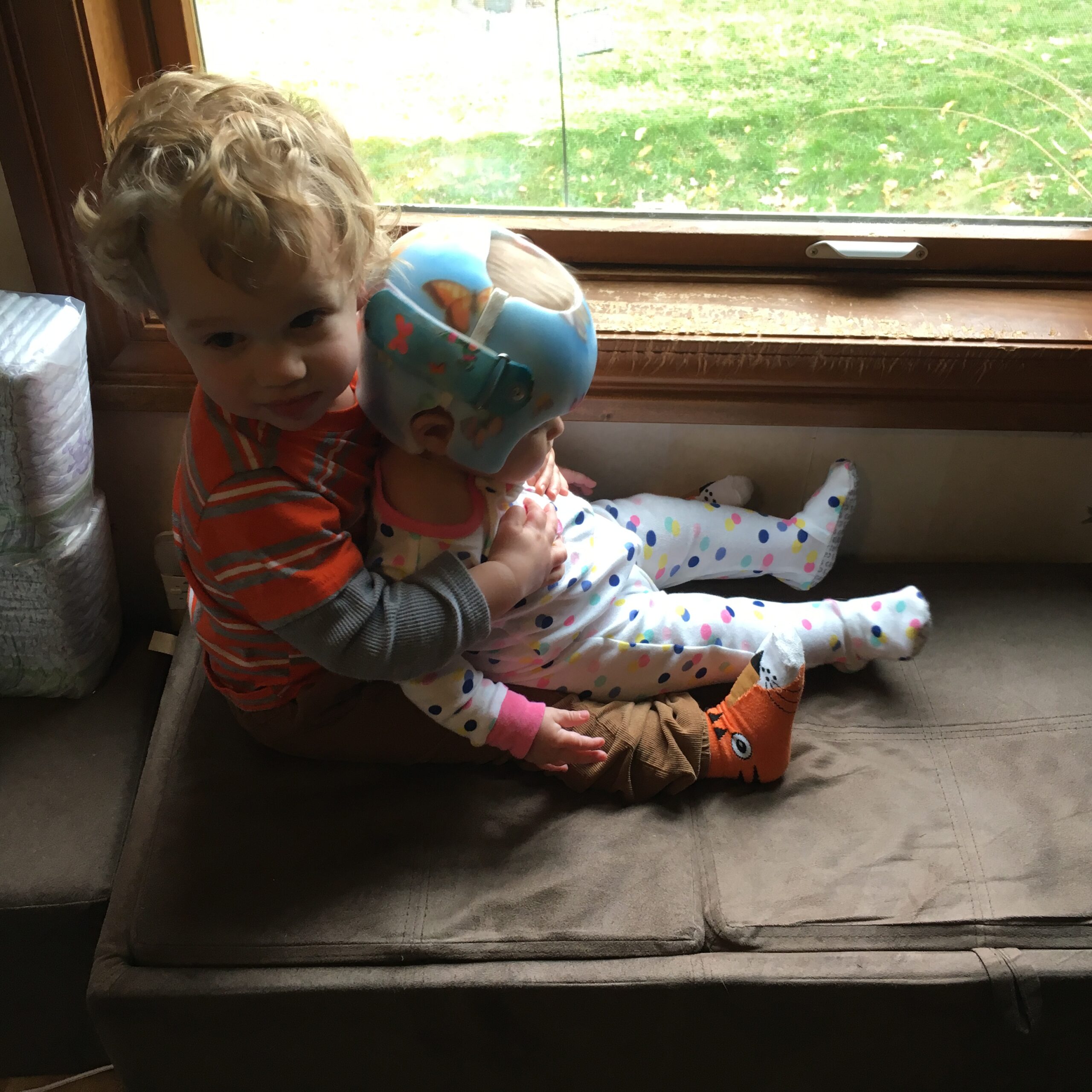
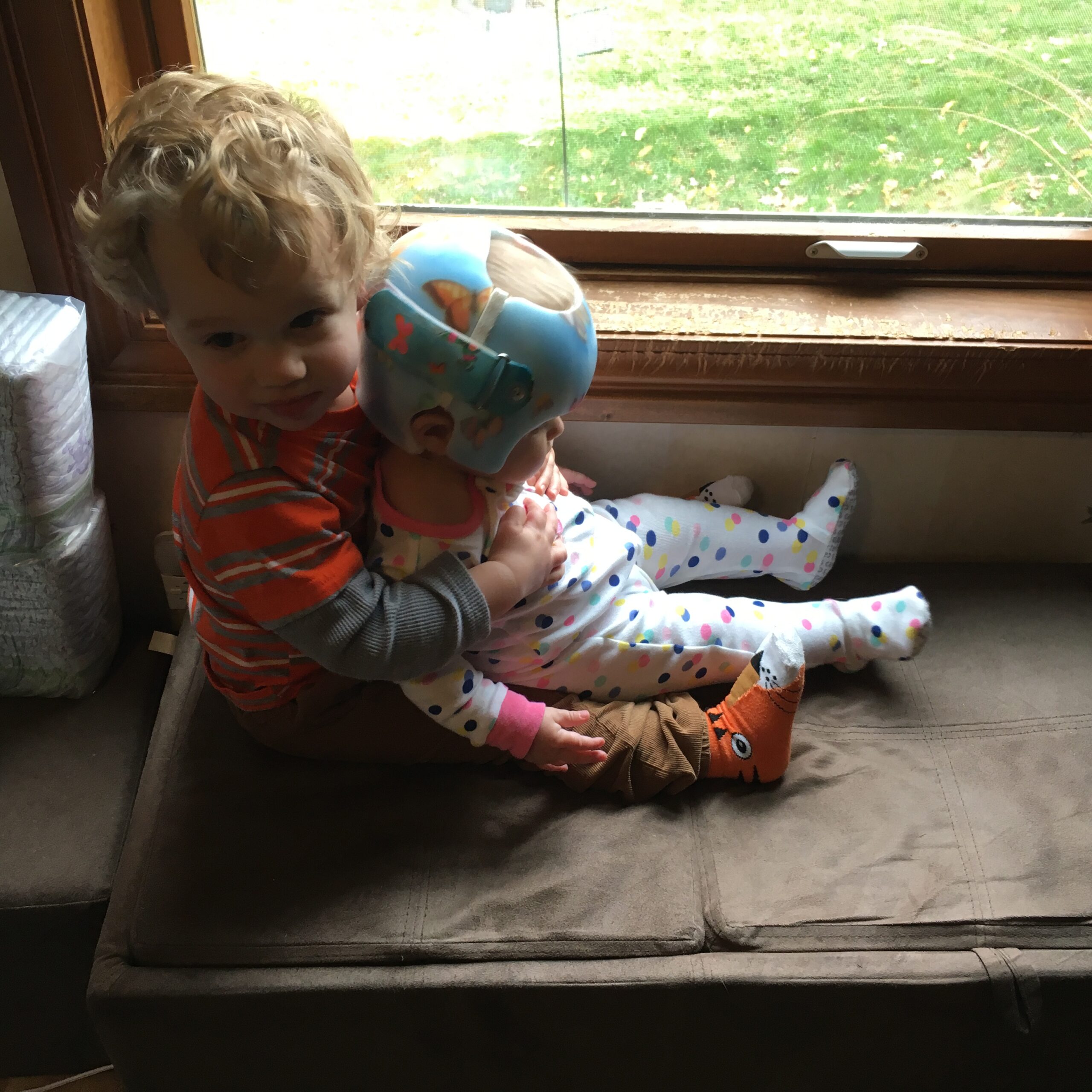
My daughter, Anneliese, is turning 8 months old next week. Her brother, Theo, turns one year and 11 months old today. Having two kids under two is exciting, enlivening, and life-changingly wonderful, and busy. Having both of our kids in our 40s after a long battle with infertility and losses, and having worked and lived as a member of the disability community for more than a decade, my partner, Joe, and I were pretty prepared for the possibility that our kids would have disabilities.
As a believer and practicer of disability pride, that is an interesting thing to consider. I have my share of internalized ableism–negative beliefs about disabilities turned inward on myself. I have experienced depths of depression that had me thinking that other people with disabilities deserved to have children but maybe I didn’t, because the fight to get to them was so hard and my body wasn’t cooperating. I’ve also known that I would be able to teach our children about disability pride and help them grow it, and at the same time, wanted them not to have to face additional barriers people with disabilities experience.
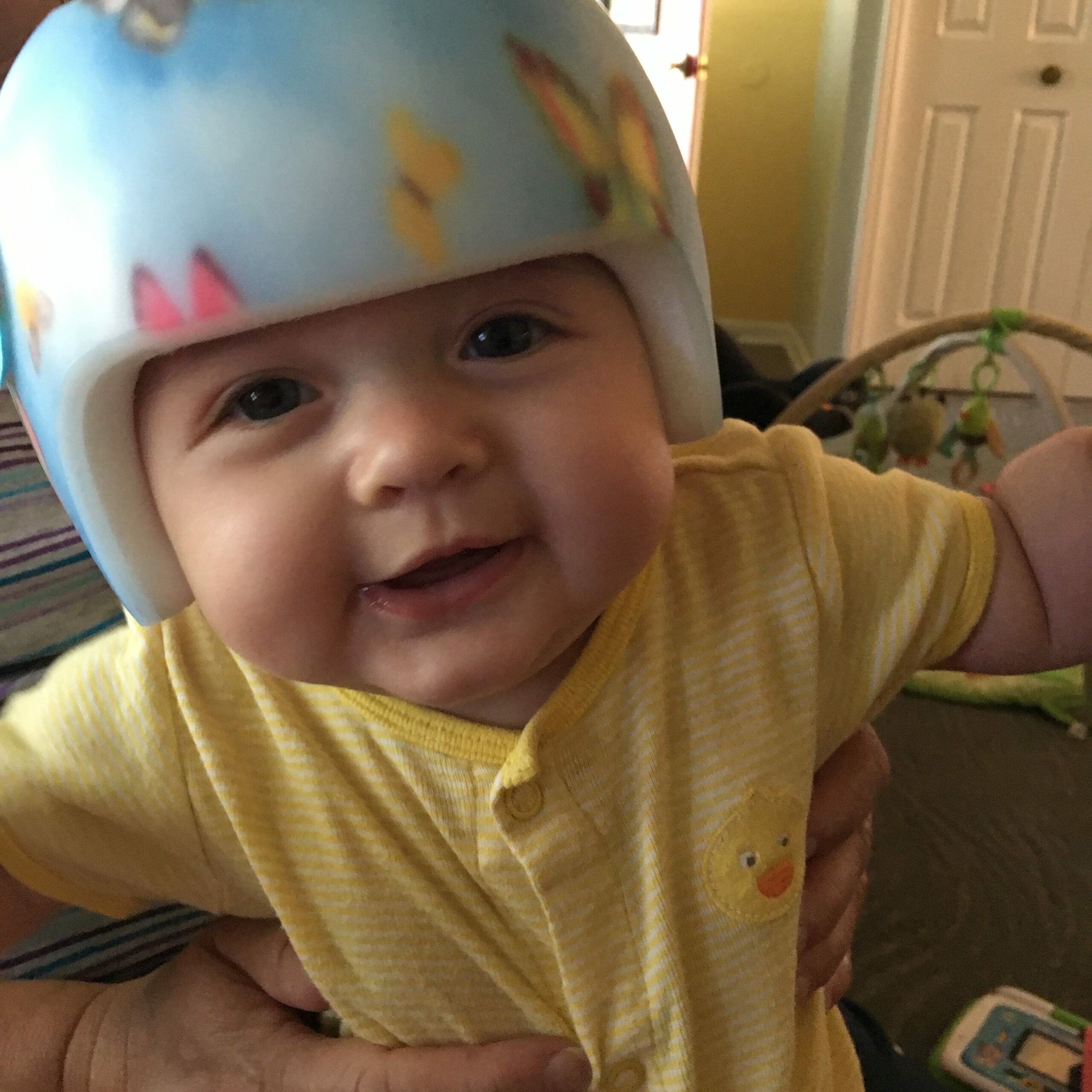
Right now, it is not clear if my son has any disabilities, most likely not, other than some sensory processing things he has with bright lights and certain sounds. My daughter is also doing well, but qualifies as more than 20% behind and is having an evaluation from Early On this week. She also has a helmet for brachycephaly that is on 23 hours a day. The back of her head is very flat–more than six standard deviations from the mean of baby head roundness.
I struggle to explain to friends that I am both anxious for and about Anneliese, and at the same time ready and willing to help her explore life as a person with a disability, if she is a person with a disability for her whole life.
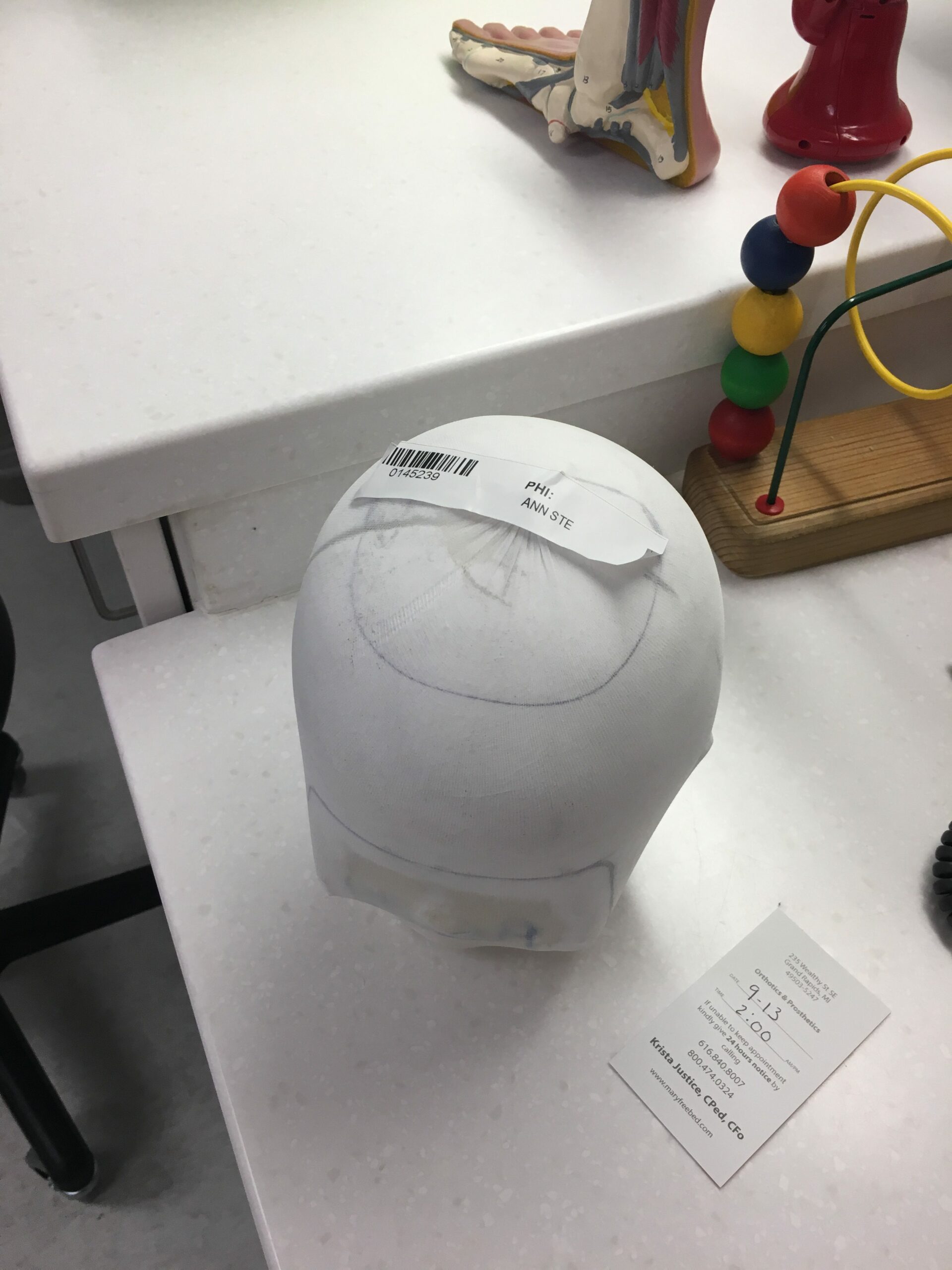
Right now, I do consider her a baby with a disability. Because she is a baby, she doesn’t face the same stigma of adults with apparent disabilities, but she does get some curious looks with her helmet and some pity/looks of concern. For now, they don’t concern her and really don’t concern me either. Some children in her Kindermusik class are a little fascinated with her helmet strewn with images of butterflies and some of their parents are worried about their fascination, but we handle it easily.
We have visits to the orthotic and prosthetic lab at Mary Free Bed in Grand Rpaids every couple weeks to check on her progress and progress is being made. I expect we will also have follow up and monitoring after the Early On evaluation.
I also have mental health disabilities including anxiety, depression, and PTSD related to medical trauma and abuse. So, all this monitoring and watching is both helpful and feeds into anxiety and fear at the same time. I think and worry–“Are we talking to her enough?” “Is she eating the right foods?” “Does she get enough stimulation and play especially as her brother needs love and attention too?” “Should we have held her more when she was sick and in pain and didn’t want to be touched and would that have prevented the brachycephaly?” Ugh the worries!
So there’s AT for me as I parent these beautiful kids–techniques and tools like my weighted blanket, yoga, my loving kindness meditation bracelet that helps me remember to stop and meditate, and the PTSD Coach app on my phone. Admittedly, I need to do better at using these tools but they are there. Oh and check out the link for the PTSD Coach app–there’s now one for families of people with PTSD and a mindfulness app and other related apps free from the Veterans Administration (for all people not just veterans).
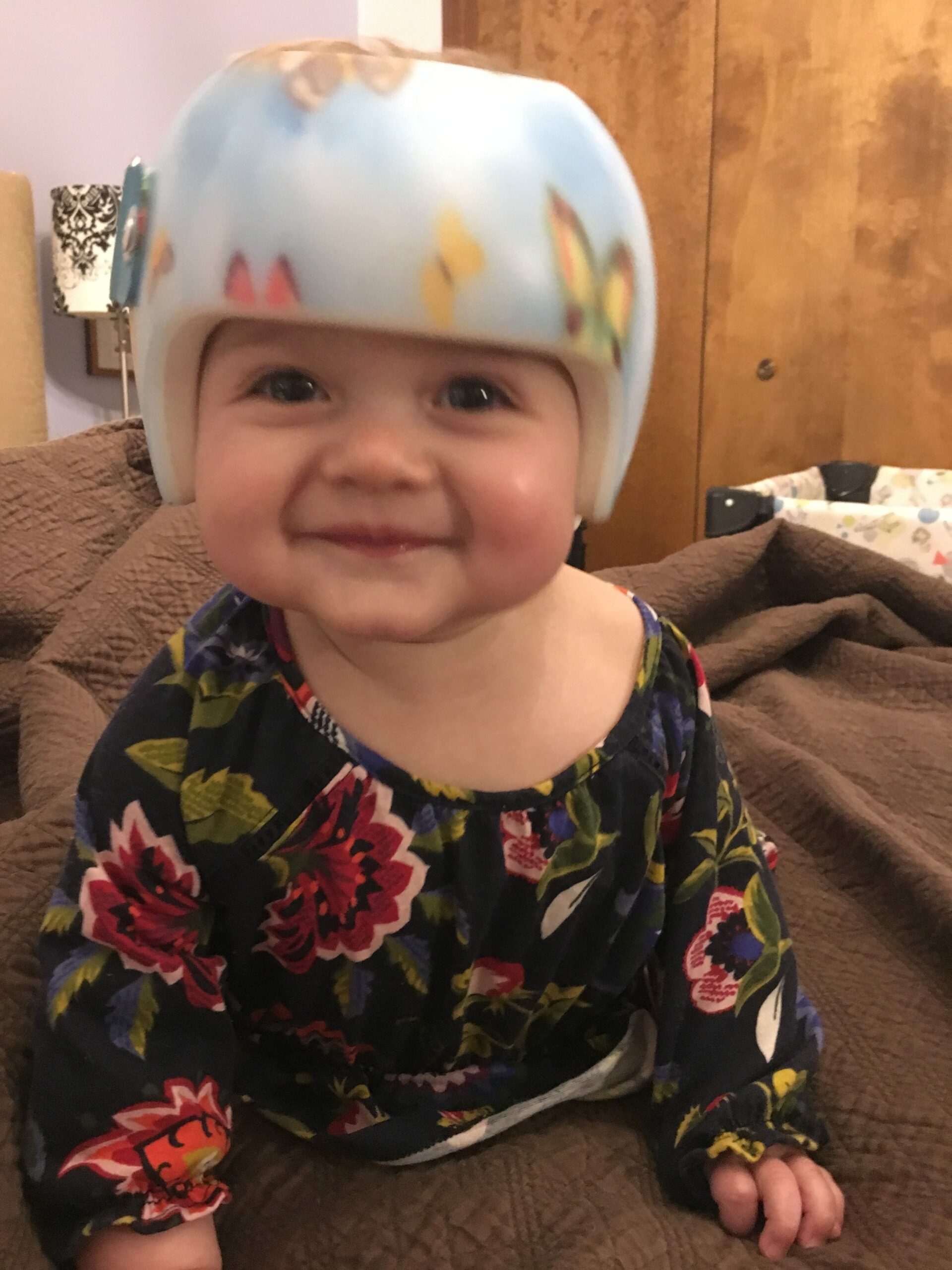
This dress has a very generous neckline which fits over Anneliese’s helmet
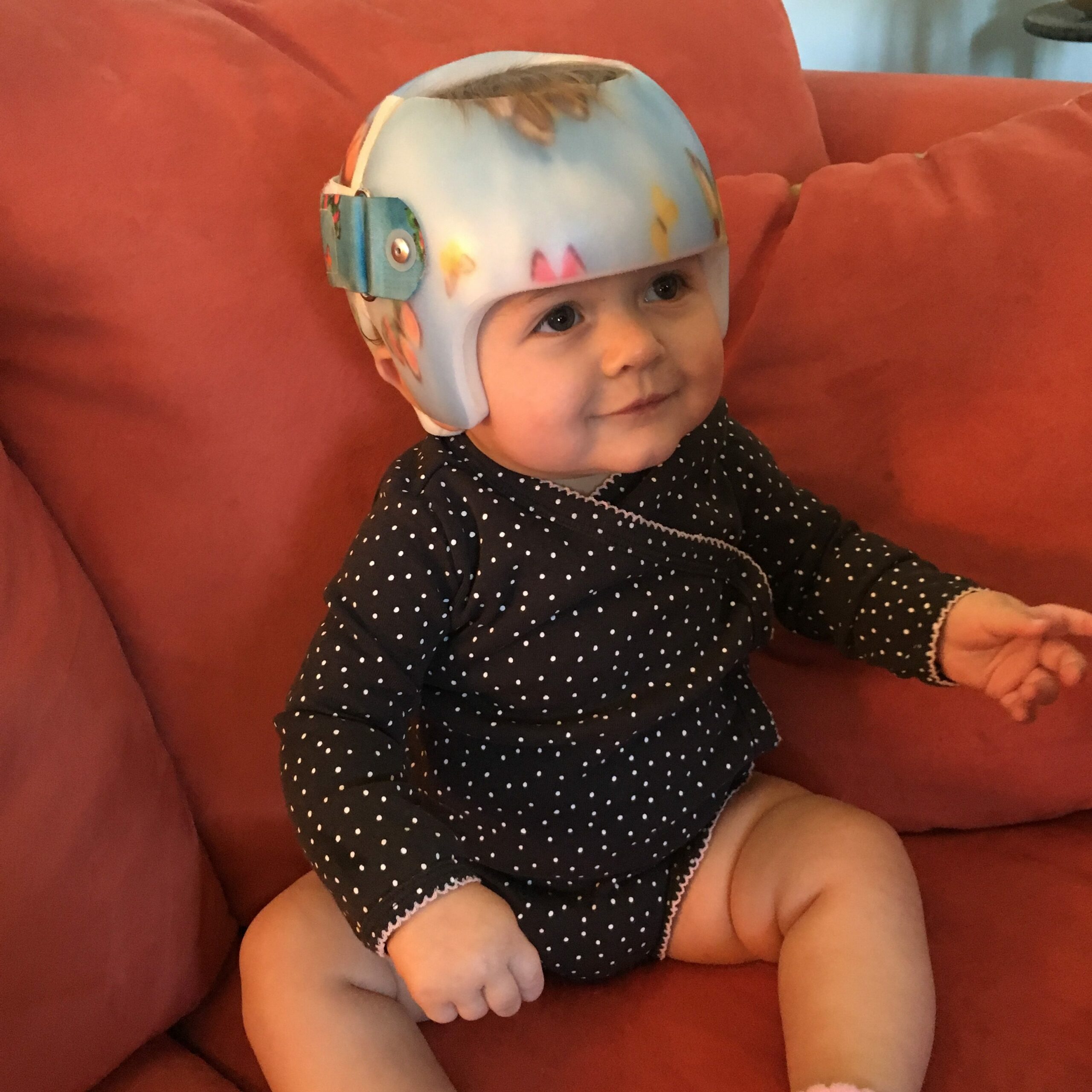
Anneliese modeling the wraparound snap onesie that doesn’t have to go over her head
And there’s also AT for Anneliese–not a lot right now, but a few things that help. First and foremost are clothes that work with her helmet–adaptive clothing baby style. Zip front outfits/sleepers and pajamas are super helpful right now, as are onesies that wrap around and snap on instead of over the head. We’ve also found a couple dresses and sweatshirts that have very generous head holes so we aren’t having to take her helmet off every time we dress her.
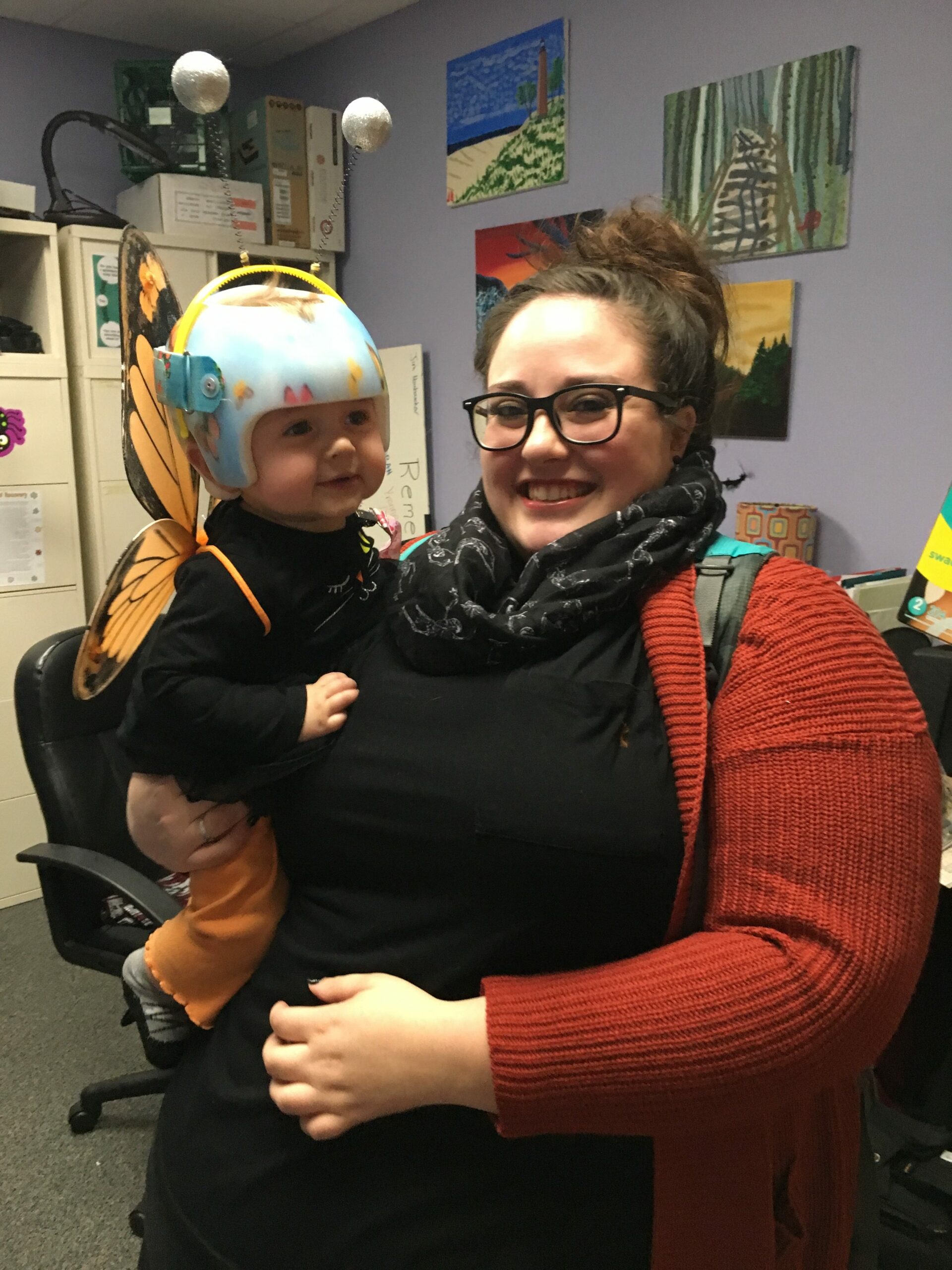
Anneliese rocking her butterfly outfit with my colleague, Abby.
We also embraced her helmet (which is actually also AT for her) and its butterfly theme for Halloween this year. The helmet held a little antennae headband perfectly. We added some wings and she was set to go.

Playing in the baby gym in her pre-helmet days
With the helmet on, Anneliese can’t look up high very easily–the bottom of the helmet pushes into her neck. So, we have dangling things to look at for her that can be moved into her line of sight and help her stretch her neck muscles in ways that work for her. We use the Leka baby gym from IKEA as its easy to place it at angles that work for Anneliese and to adjust it to different places in her line of vision. It’s also better for her from an occupational and physical therapy perspective–less limiting of body movement, wide visual range of simple toys, helps with neck strengthening and stretching.
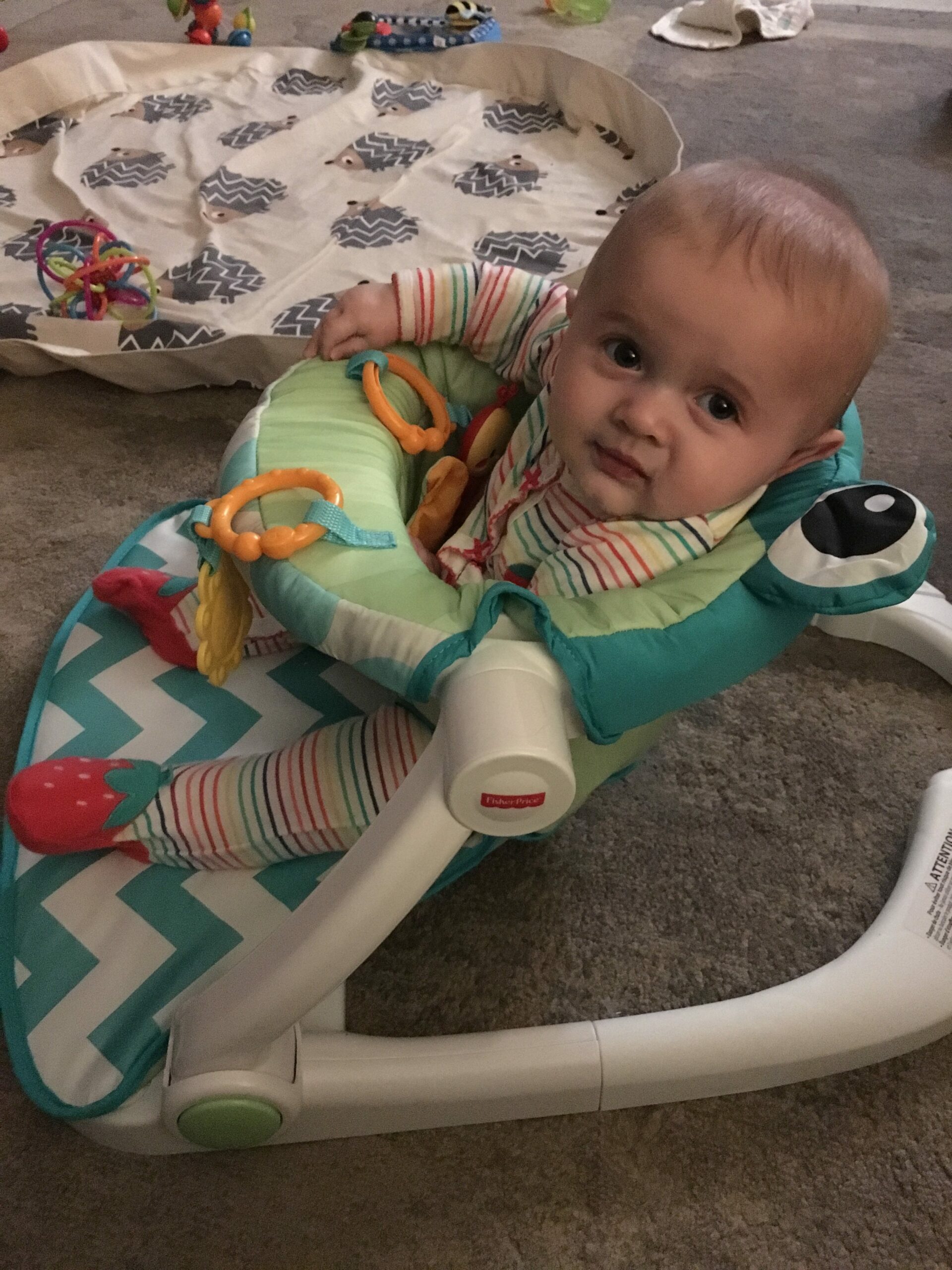
Sitting in the Sit Me Up during her one hour off of helmet time
Before Anneliese was able to sit up by herself, the Fisher Price Sit Me Up Floor Seat also provided an option for time that wasn’t tummy time but also wasn’t her laying on her back. Because of her reflux, tummy time could be painful for Anneliese, and result in lots of puking, so we looked for alternatives that got her off her back safely.
As we support Anneliese and Theo to grow and learn, we’ll continue to look for tools and toys that work for them. Its been good to find out of the box clothes and toys that actually work as AT for Anneliese. Hopefully there continue to be these good options and more as she grows and develops.
Have you had to adapt/find AT for your baby? What has worked? Are you a parent with a disability of a child with a disability? How have you helped your child grow their disability pride?
